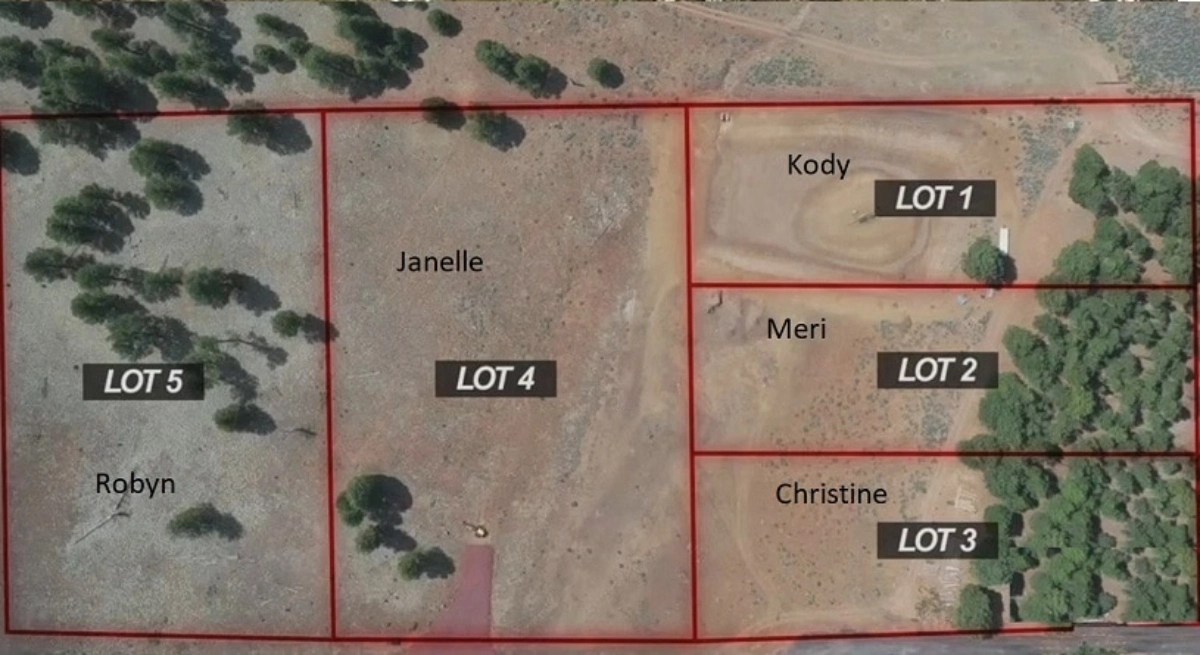
Kody Brown Claims He Sees Meri Brown as a ‘Friend’ Despite Trying to Rip Her Off
Sister Wives fans have spent several seasons watching Kody Brown tie himself into knots, trying to blame the demise of his plural family on his ex-wives. Depending on the time frame, he blamed Christine Brown, his children with Janelle Brown, and periodically, Meri Brown. He’s said horrible things about each wife. But Meri, his first wife, appeared to bear the brunt of his ire for almost a decade. Now that they are divorced, Kody insists he sees Meri Brown as a “friend.” That didn’t stop him from trying to rip her off when it came time to split up Coyote Pass, though.
Kody Brown tries to call his first ex-wife a ‘friend’
Kody Brown and Meri Brown announced their split in January 2023 via Instagram. Sister Wives fans knew the marriage had been over years earlier. There had been plenty of uncomfortable moments when Kody made it clear he did not love Meri, didn’t value her, and saw her as “difficult.” Despite that, she stayed, seemingly trapped by indecision and religious obligation.

Now that she’s left, Meri has gained a new perspective, and, oddly enough, so has Kody. In a clip shared by TLC on Instagram, Kody Brown said he sees Meri Brown as a “friend” and has no ill feelings toward her. Kody even seemed interested in fostering a relationship. Fans were perplexed by the Brown family patriarch’s odd take, especially considering how poorly he treated her in the past and how he has treated her contributions to the family.
Kody Brown insisted Meri Brown didn’t deserve her share of Coyote Pass
There is a good reason fans were confused by Kody Brown’s insistence that he considers Meri Brown his friend. Despite insisting that Meri Brown is someone he saw as a “friend,” the father of 18 didn’t hesitate to try to rip her off. Kody blatantly attempted to steal from his first wife. Meri revealed that Kody Brown once informed her that she was not “entitled” to an equal share of Coyote Pass, the property she helped pay for. Kody claimed she didn’t deserve an equal share because she only had one child with him. Meri paid for an equal share of the property and regularly contributed to a family fund that she rarely, if ever, accessed.

The mother of one revealed that information to her friend, Jenn Sullivan. She was understandably flabbergasted by Kody’s take on finances and how the property should be divided. Janelle Brown, who became Kody’s second wife in 1993, was similarly concerned about the division of the property. Janelle shares six children with Kody. She never revealed how much of the land he claimed she was entitled to.

It is still unclear how the family divided the property or when the final decision was made. Meri and Janelle have moved on with their lives and no longer live in Flagstaff. They have both hinted at working out a deal on the ill-fated property, but no announcements have been made.


